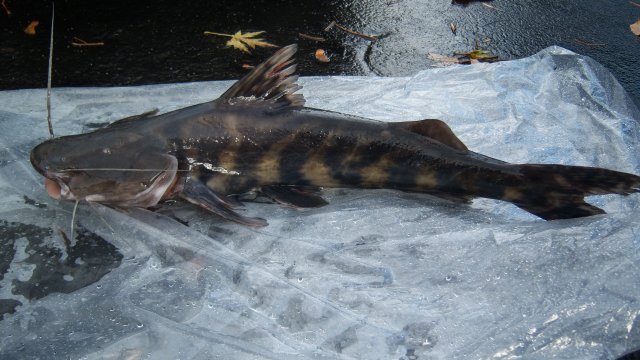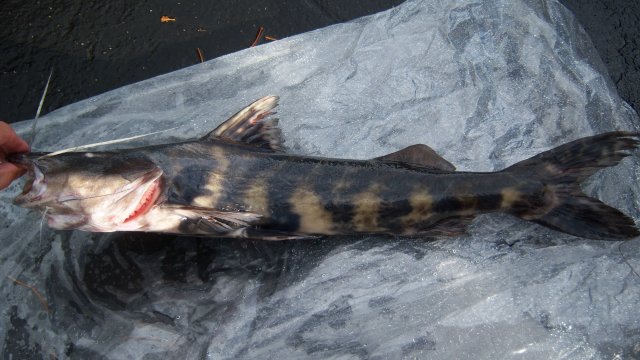People have always been willing to pay more for nicer fish. It's not really a surprise that sellers would think up a name to make a nice looking 'false zebra' catfish sound flashy.If this is the case why are there a big price difference between juruense and flash zebra
I have seen lists with both types Same size
"Normal" juruense juveniles at 4-6" sell for about $75 in the States. "Flash" at 12-14" sell for about $300. Ironically, there are literally never juvenile sized flash zebras in the hobby. Hmm....What's the difference like?
One could make this same argument about any number of South America fish that never look the same in captivity as they do in the wild. Rays are particularly prone to this. Indeed, almost all wild caught juruense have the vivid and bright colors that are so rare in captivity. I've seen the claims of Rio Nanay fish being 'better' than the so called normal jurs, but I've never seen it replicated in a tank. These amazing fish that have stunning patterns and bright yellows when captured and kept in an aquarium turn into the same drab, boring, brown and copper colored fish as anything else, while costing 5x more than a 'regular' jur.I would think that if the bright colors were a result of environment or diet someone would have figured out how to turn a common on into a 'flash'...
It seems to me that these fish need water conditions similar to their home range to thrive and look their best: acidic and truly soft RO/DI water. Viktor is providing this for his fish now, and look at the patterning and contrast on the ones he posted above!















